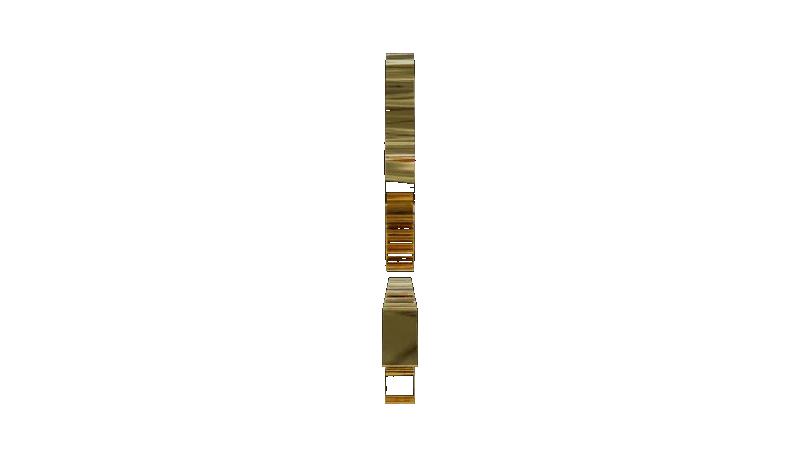Jefferson Parish
Jefferson Parish, nestled in the southeastern part of Louisiana, exemplifies the rich tapestry of history, culture, and architectural evolution that characterizes much of the American South. Established in 1825 and named after Thomas Jefferson, the third President of the United States, the parish's landscape has been shaped by a blend of French, Spanish, Creole, and American influences. Each has left a lasting impact on its architectural styles and roofing methods. This overview explores the historical journey of Jefferson Parish, highlighting the architectural transformations and roofing techniques that have defined its built environment.
Early Settlement and Colonial Influences
The early history of Jefferson Parish is deeply intertwined with Louisiana's broader colonial narrative. Initially inhabited by Native American tribes, the area welcomed European settlers in the 17th and 18th centuries. The French and Spanish colonial periods significantly influenced the architectural landscape. The French introduced the Creole cottage style, characterized by steeply pitched roofs, raised basements, and wide porches. These homes often featured hipped roofs constructed with locally sourced cypress wood, known for its resistance to the humid climate and termite infestations.
During Spanish rule from 1763 to 1803, architectural styles began to incorporate more Mediterranean elements. Buildings often featured flat or low-pitched roofs covered with terracotta tiles, reflecting Spanish roofing traditions. The use of stucco over brick was also prevalent, providing both aesthetic appeal and protection against the elements.
19th Century Developments and Antebellum Architecture
The Louisiana Purchase in 1803 marked a new era for Jefferson Parish. The 19th century saw the rise of Antebellum architecture, with grand plantation homes becoming prominent. These structures often featured Greek Revival and Neoclassical elements, characterized by tall columns, symmetrical facades, and expansive verandas. Roofing styles during this period varied, with some homes adopting traditional gabled roofs, while others utilized dormer windows and mansard roofs, reflecting French influences.
Slate and metal roofing materials became more common during this era, offering durability and fire resistance, essential in Louisiana's hot and humid climate. The introduction of these materials was facilitated by advancements in transportation and the region's growing economy.
Post-Civil War and Early 20th Century Innovations
The post-Civil War era brought significant changes to Jefferson Parish, both socially and architecturally. The decline of the plantation economy led to urbanization and the development of new residential areas. Victorian architecture became popular, featuring intricate woodwork, decorative trim, and asymmetrical designs. The Queen Anne style, with its complex roof structures featuring multiple gables and turrets, became a hallmark of the era.
The early 20th century introduced new roofing materials and techniques, driven by industrial advancements. Asphalt shingles gained popularity due to their affordability and ease of installation. Additionally, the Arts and Crafts movement brought the bungalow style to the region, characterized by low-pitched roofs with wide eaves and exposed rafters, often covered with wooden shingles.
Mid-20th Century to Present: Modernization and Preservation
The mid-20th century was a period of rapid growth and modernization for Jefferson Parish. Suburban development surged, leading to the proliferation of ranch-style homes with simple, low-slung rooflines. The use of composite roofing materials became widespread, offering cost-effective solutions for expanding suburban neighborhoods.
Despite the push for modernization, there has been a growing appreciation for Jefferson Parish's historic architecture. Preservation efforts have sought to maintain the cultural and architectural heritage, particularly in areas like the Old Jefferson neighborhood, where historic homes are protected and celebrated.
In recent years, Jefferson Parish's architectural landscape has continued to evolve, embracing contemporary styles while honoring its rich historical legacy. Modern buildings often incorporate energy-efficient roofing materials, such as metal and solar panels, reflecting a commitment to sustainability.
The history of Jefferson Parish is a narrative of cultural convergence and architectural innovation. From colonial Creole cottages and Spanish-influenced structures to the grandeur of Antebellum plantations and modern suburban developments, the parish's built environment tells the story of its diverse heritage. As Jefferson Parish moves forward, it remains a vibrant testament to the resilience and adaptability of its architectural identity, harmoniously blending the past with the present. Through ongoing preservation and thoughtful modernization, Jefferson Parish is poised to celebrate its historical roots while confidently stepping into the future.

